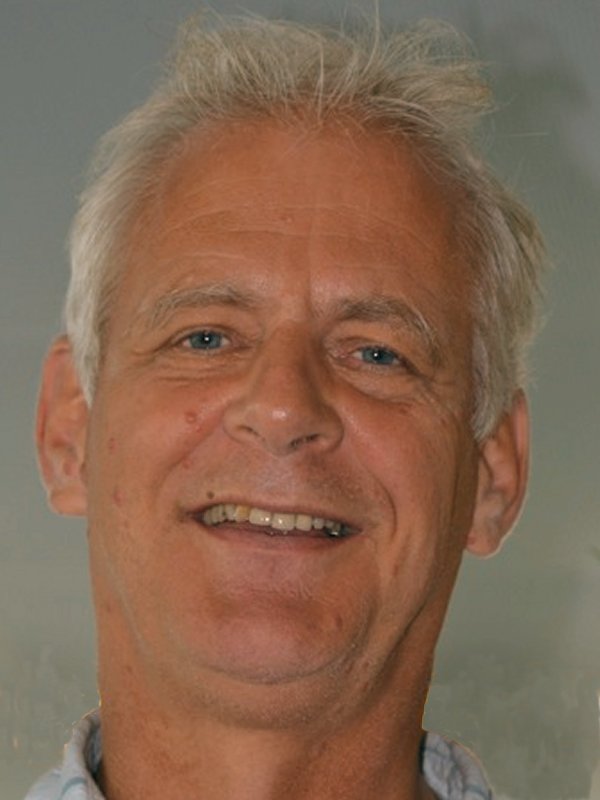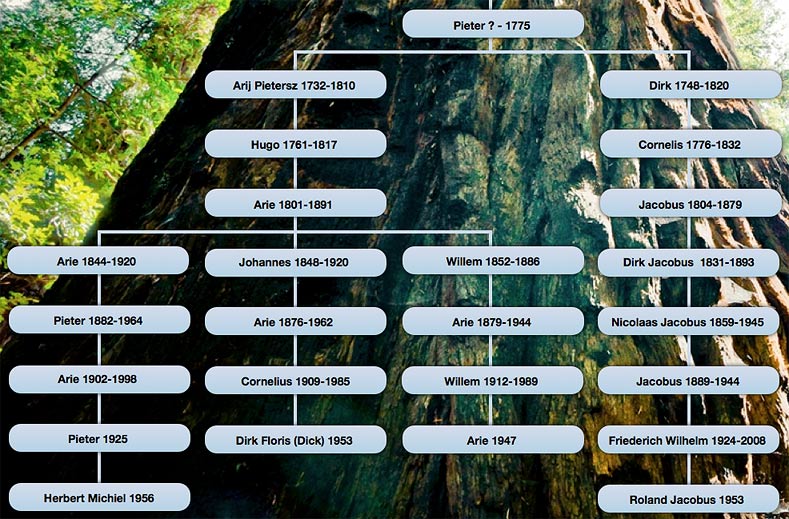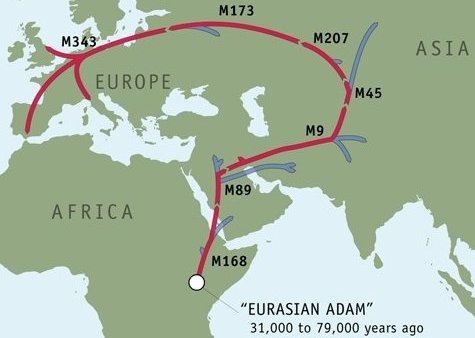Arie was born in 1947 and lives in Amsterdam. He is married to Karen Reinhardt, and they have one daughter, Claire Celina(1989).
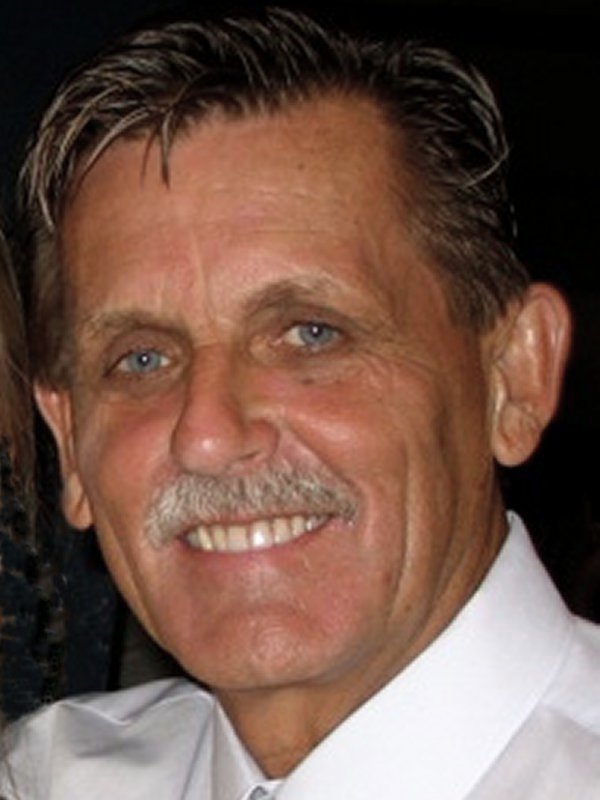
Dick was born in 1953 and lives in Capelle aan de IJssel. He is married to Helga Kooijman. They have two sons, Kees (1987) and Arnie (1991).
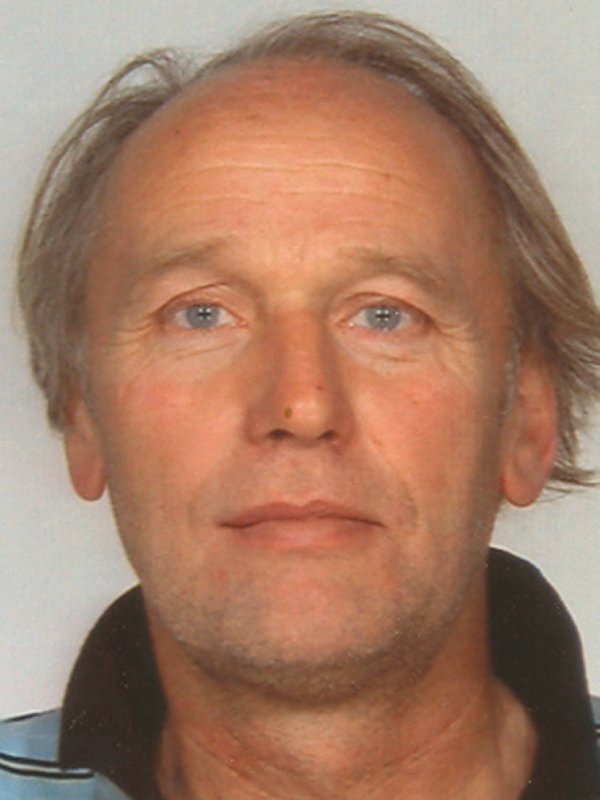
Herbert was born in 1956 and lived in Amsterdam. He was married to Anna ten Bruggencate. They had two daughters, Marie (1991) and Isabel (1995). Herbert passed away in 2014.
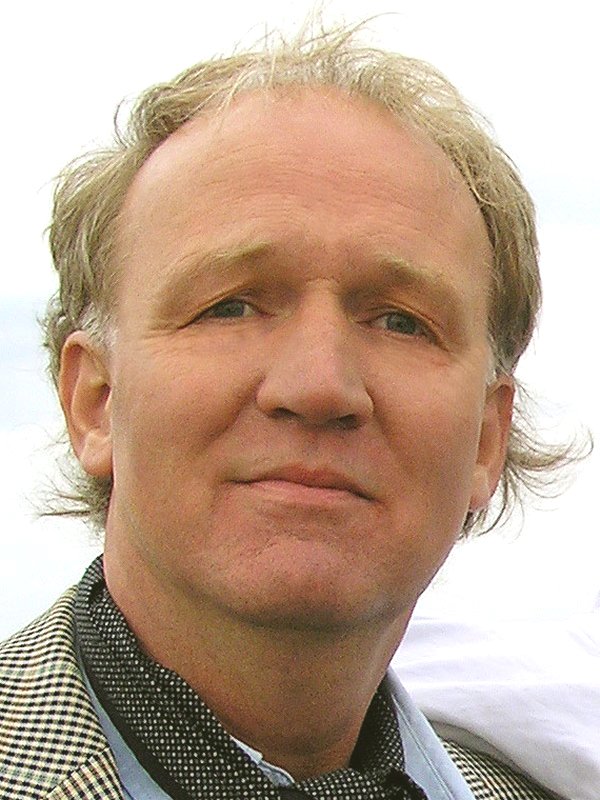
Ton was born in 1945 and lives in Lopik. He is married to Caroline Verschore. They have three children, Pascal (1974), Nicole (1979) and Maurice (1983).
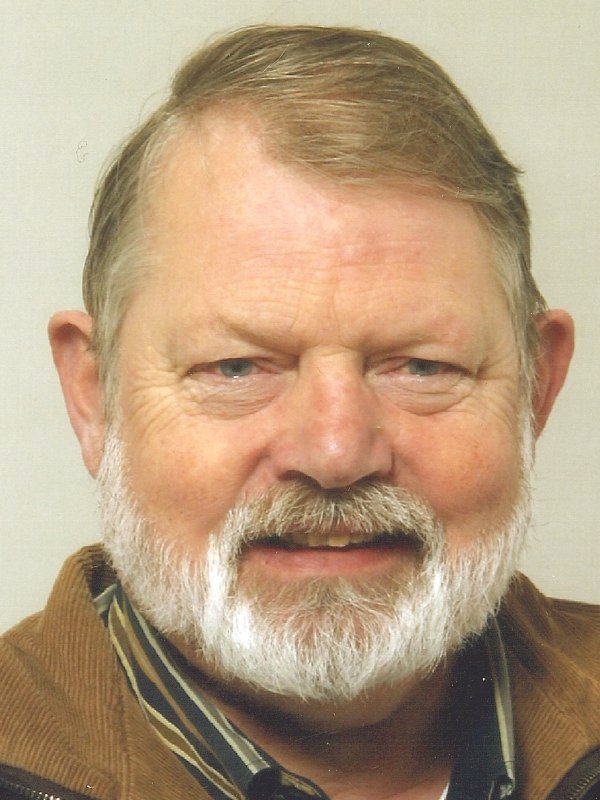
Roland was born in 1953 and lives in Velp. He is married to Madeleine Louise Chandon. They have two adopted children, Carlos and Guus, twins born in 1984.
